
eToro Review 2023 - Features, Pricing and Alternatives

In this digital age, online trading has become increasingly popular, offering individuals the opportunity to invest in various financial markets from the comfort of their homes.
eToro is a renowned online trading platform that combines traditional trading with social networking features, making it an attractive option for both novice and experienced traders.
eToro Overview
eToro is a multi-asset trading platform that offers a wide range of financial instruments for trading and investing.
Founded in 2007, it has grown to become one of the world's largest social trading platforms, with millions of registered users worldwide.
The platform's mission is to make trading accessible to everyone, regardless of their experience level or financial background.
It has changed the way people trade by introducing a unique concept that allows users to connect, interact, and copy trades of successful traders within the eToro community.
How does eToro Work?
eToro platform offers a wide range of investment products, including over 2,500 stocks, ETFs, 20+ cryptocurrencies and commodities such as gold and silver.
Users have the option to purchase fractional shares and access advanced trading features. Deposits can be made using fiat currency or other cryptocurrencies, and convenient transfers can be facilitated through bank accounts or wire transfers.
Trading activities can be conducted through eToro's web-based platform or its user-friendly mobile app. A notable feature is the CopyTrader, which allows users to replicate the trades of successful investors.
Furthermore, eToro offers a demo account with a virtual portfolio of $100,000, providing users with a risk-free environment to learn and gain experience in cryptocurrency and other trading activities.
eToro Features Review
CopyTrading - One of the standout features of eToro is its CopyTrading functionality. This feature enables users to automatically copy the trades of successful traders in real-time.
By leveraging the wisdom of experienced traders, even beginners can achieve potential profits without in-depth market knowledge.
Social Trading Platform - eToro's social trading platform is designed to facilitate interaction and collaboration among traders. Users can follow, communicate, and learn from each other through various social features, including live feeds, comments, and messaging.
This social aspect adds an extra layer of engagement and knowledge-sharing to the trading experience.
Wide Range of Financial Instruments - eToro offers an extensive selection of financial instruments for trading, including stocks, cryptocurrencies, commodities, indices, and more.
This diversity allows users to build a diversified investment portfolio and take advantage of various market opportunities.
eToro User Experience Review
eToro boasts an intuitive and user-friendly interface that caters to traders of all experience levels.
The platform's sleek design and straightforward navigation make it easy for users to access the desired features and execute trades seamlessly.
Additionally, eToro's mobile app ensures that users can stay connected and trade on the go.
Social Trading on eToro
eToro's social trading feature enables users to discover, follow, and interact with successful traders on the platform.
Through the built-in search and filtering tools, users can find traders based on specific criteria such as performance, risk level, and trading style.
By replicating the trades of top-performing traders, users can potentially enhance their own trading outcomes.
eToro Security and Regulation
When it comes to online trading, security is of utmost importance. eToro prioritizes the safety of its users' funds and personal information.
The platform implements robust security measures, including two-factor authentication (2FA) and data encryption. Additionally, eToro is regulated by reputable financial authorities, providing users with peace of mind.
eToro Fees and Charges
eToro operates on a transparent fee structure, with spreads and overnight fees varying depending on the traded instruments. It's important for users to review and understand the fee schedule before executing trades.

eToro Customer Support Review
eToro offers reliable customer support to assist users with their queries and concerns. The platform provides a comprehensive help center with a vast knowledge base covering various topics related to trading on eToro.
Additionally, users can reach out to the support team directly through email or live chat for more personalized assistance.
Pros and Cons of eToro
eToro, like any other trading platform, has its advantages and disadvantages. Let's take a look at some of the pros and cons:
Pros:
- User-friendly interface and social trading features
- Diverse range of investment options
- Copy Trading functionality for beginners
- Free debit card deposits
- Mobile app for trading on the go
Cons:
- Withdrawal fees could be lower on certain transactions
- Not available in few U.S. states
- Limited research and analysis tools compared to dedicated trading platforms
eToro Ratings on Web
Here are the latest ratings for eToro on various digital platforms as of June 2023
eToro Alternatives
When evaluating eToro alternatives, it's essential to consider specific factors that align with your trading goals and preferences. Here are some of the widely used alternatives of eToro platform.
Plus500 - Plus500 is a well-established online trading platform that offers a wide range of financial instruments, including stocks, indices, commodities, cryptocurrencies, and more.
The platform provides a user-friendly interface, real-time market data, and powerful trading tools. It is regulated by multiple authorities, ensuring a secure trading environment.
Plus500 also offers a free demo account for users to practice trading strategies without risking real money.
Robinhood - Robinhood is a popular trading platform that gained traction for its commission-free trading model. It allows users to trade stocks, exchange-traded funds (ETFs), options, and cryptocurrencies without paying traditional trading fees.
Robinhood provides an intuitive mobile app and a simple interface, making it attractive to beginner traders. However, it's important to note that Robinhood is primarily focused on the U.S. market.
Frequently Asked Questions
Q1. How do I get started with eToro?
To get started with eToro, visit their official website and sign up for an account. Follow the provided instructions to complete the registration process and verify your account. Once your account is set up, you can explore the platform, deposit funds, and start trading.
Q2. Can I trade cryptocurrencies on eToro?
Yes, eToro offers a wide range of cryptocurrencies for trading. Popular options include Bitcoin, Ethereum, Ripple, and many more. You can easily access and trade these cryptocurrencies on the eToro platform.
Q3. Is eToro regulated?
Yes, eToro is a regulated platform. It is authorized and regulated by reputable financial authorities such as the Financial Conduct Authority (FCA) in the United Kingdom and the Cyprus Securities and Exchange Commission (CySEC).
Q4. Can I copy the trades of multiple traders on eToro?
Absolutely! eToro allows you to copy the trades of multiple traders simultaneously. By diversifying your copy portfolio, you can mitigate risks and potentially enhance your trading performance.
Q5. How can I withdraw funds from my eToro account?
Withdrawing funds from your eToro account is a straightforward process. Simply navigate to the "Withdraw Funds" section within your account settings, specify the desired amount, and select your preferred withdrawal method. Follow the instructions provided to complete the withdrawal request.
Conclusion
In conclusion, eToro offers a unique and innovative approach to online trading. With its social trading features, extensive range of investment options, and user-friendly interface, eToro provides a platform that caters to traders of all levels.
Whether you're a beginner seeking guidance or an experienced trader looking to expand your portfolio, eToro offers the tools and resources to support your trading journey.
Disclaimer
The information provided on this website does not constitute investment advice, financial advice, trading advice, or any other sort of advice and you should not treat any of the website's content as such.
Token Metrics does not recommend that any cryptocurrency should be bought, sold, or held by you. Do conduct your own due diligence and consult your financial advisor before making any investment decisions.

.svg)

Create Your Free Token Metrics Account

.png)




%201.svg)
%201.svg)


%201.svg)





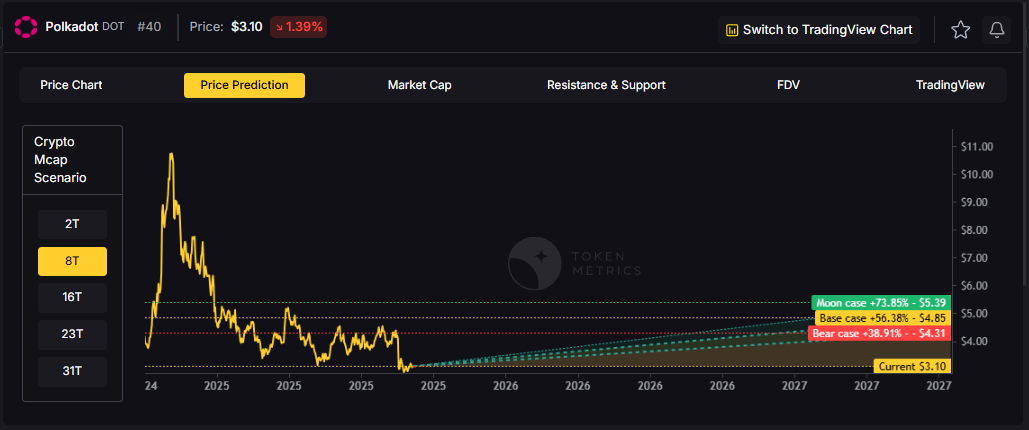




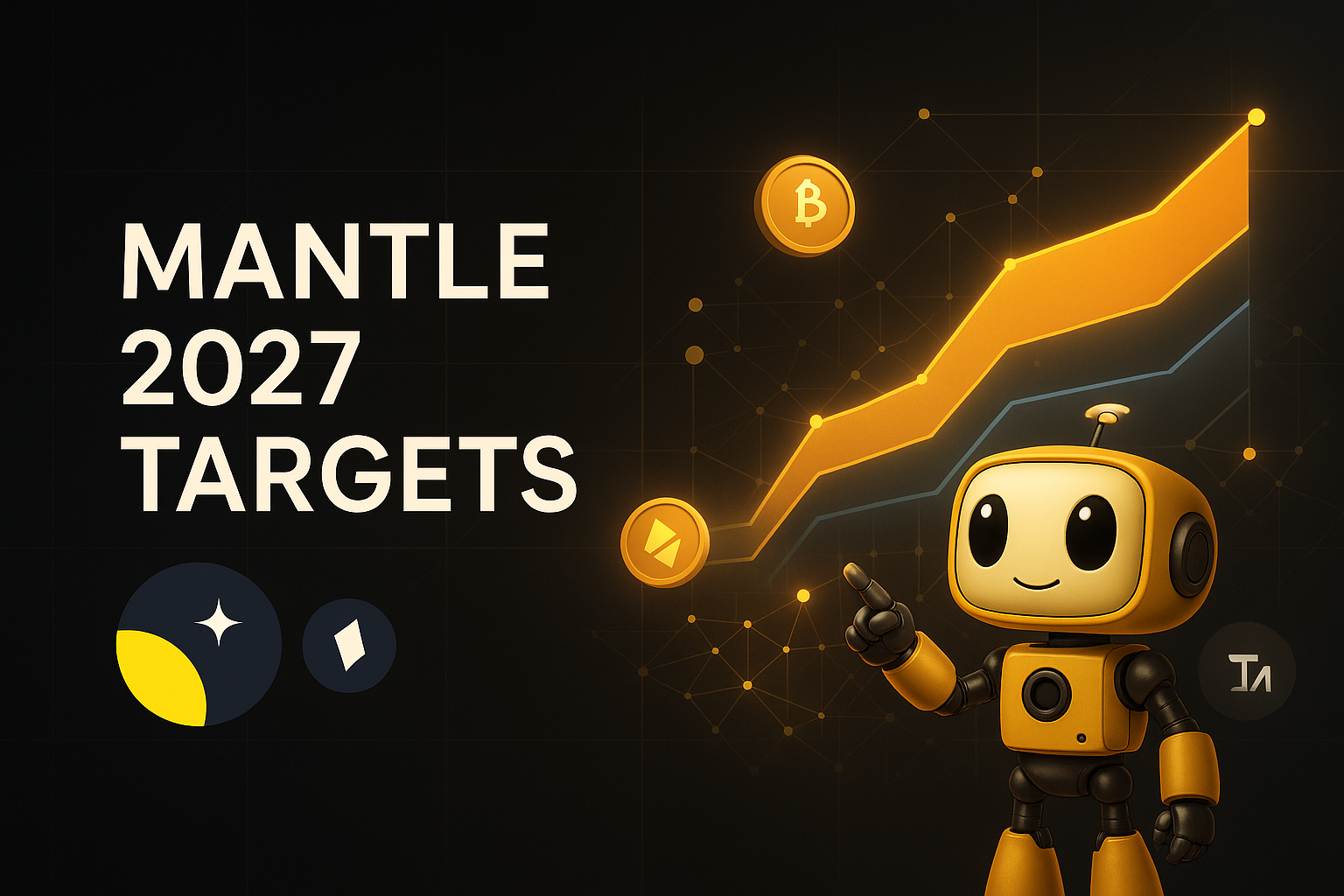
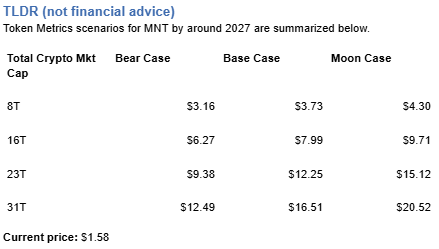
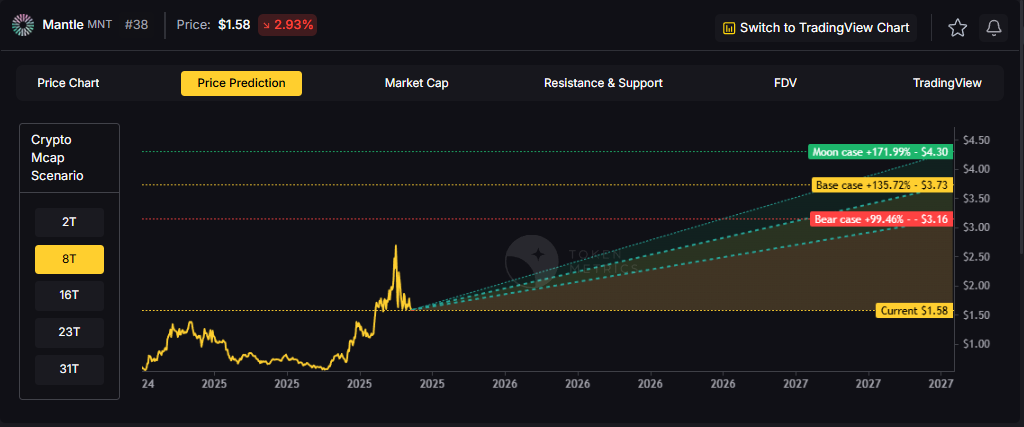
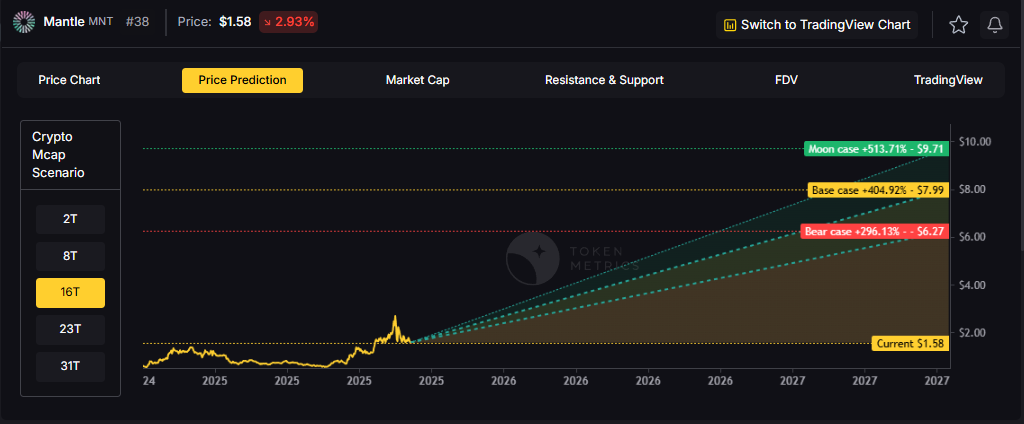
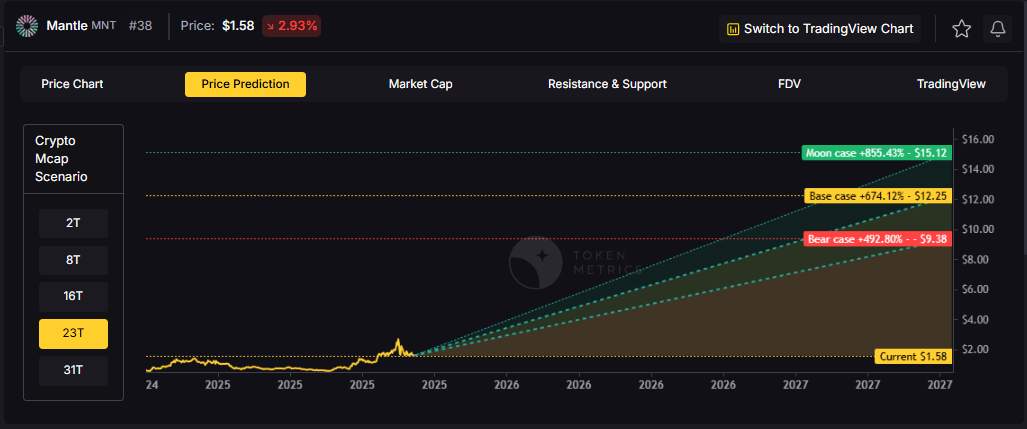

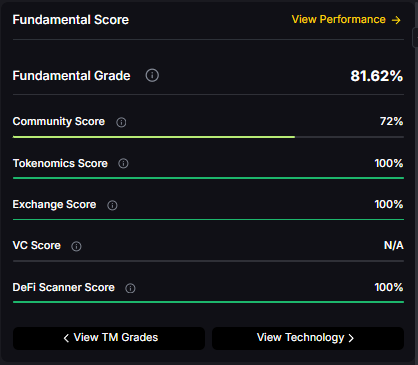

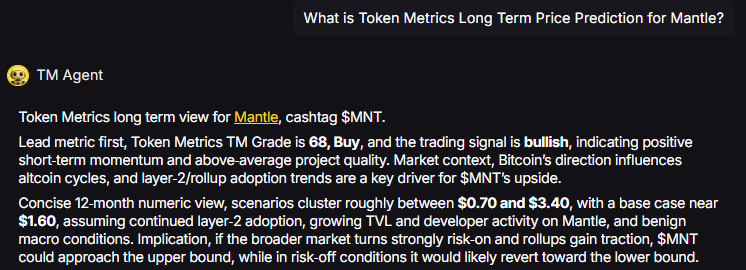
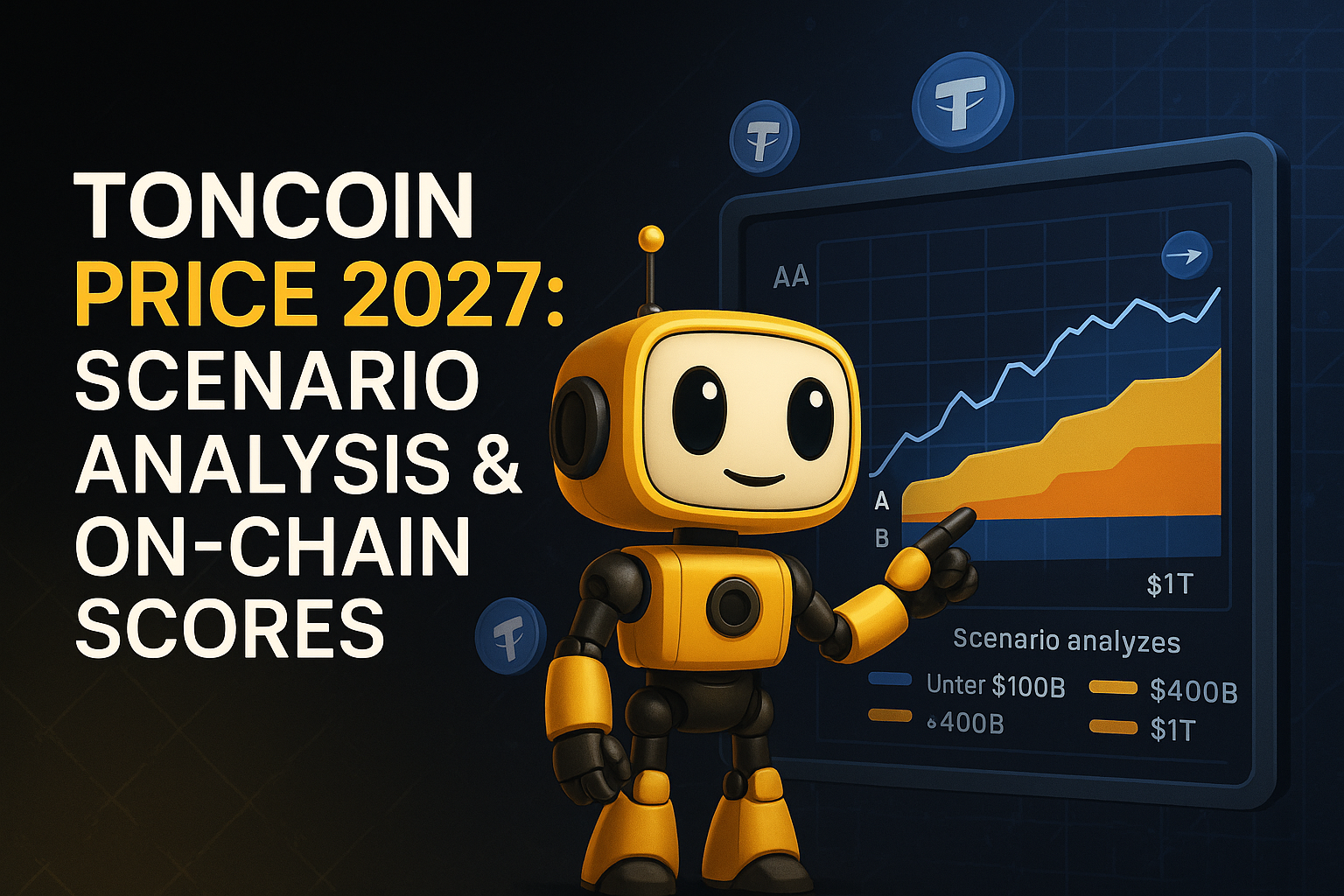
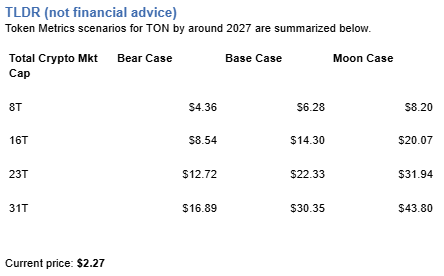
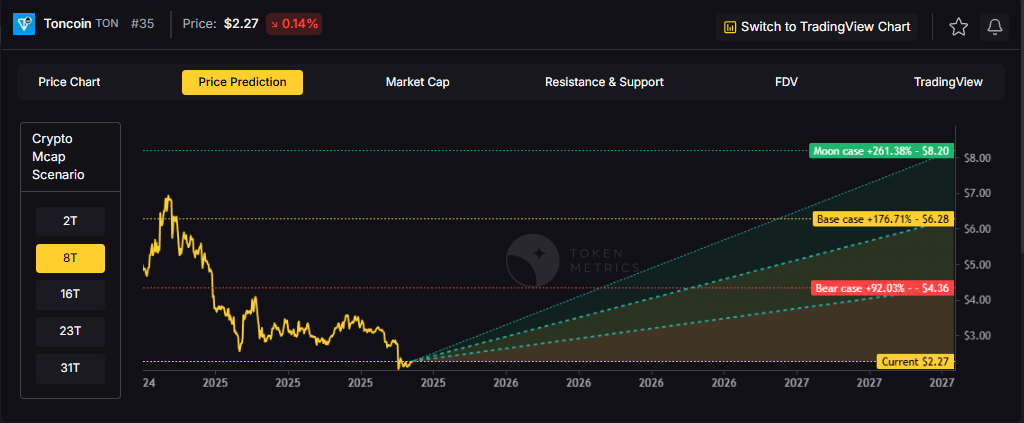
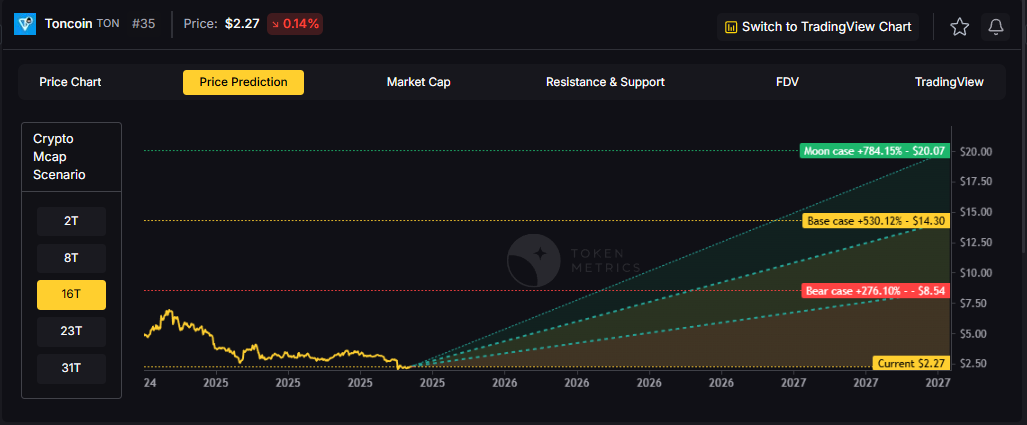








.svg)




.png)